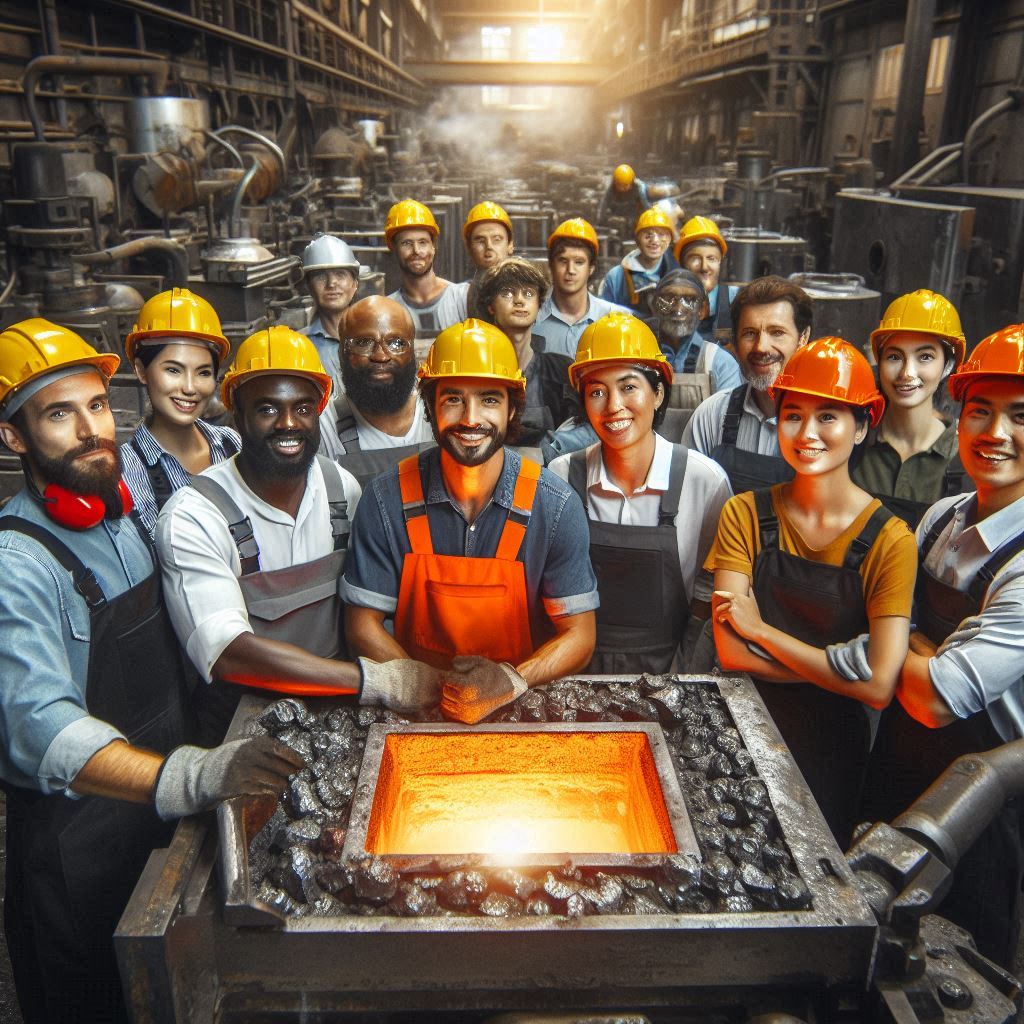The investment casting sector has remained one of the key players in shaping the future of the automotive sector, driving lightweight and high-strength metal components with virtually no precision limits. Investment casting not only helps manufacturing parts such as complex engine parts, transmission components, and parts of the exhaust system while avoiding machining and material waste, but also keeps with the trend of fuel-efficient vehicles, electric vehicles, and performance standards going beyond what is now found in the industry. Thin, resistant to corrosion, high-performance alloys are induced by investment casting that go into high demand as they reduce the weight of vehicles and increase battery performance for electric vehicles. Investment casting is the clear winner of car production as it combines innovation, sustainability, and cost effectiveness in manufacturing future generations of vehicles that will exhibit greater durability as well as efficiency.
Applications and Uses of Investment Castings
Investment casting finds one beyond its applications in industries where high precision and minimal machining of complex and durable metal components are required. The making of turbine blades and engine components as well as structural parts with the strength and heat resistance required in the aerospace industry is dependent on investment casting. The automotive sector therefore invests in investment casting to manufacture engine blocks, transmission housing, and exhaust system components capable of a lightweight and fuel-efficient construction. Within the medical field, investment casting finds application in creating complex surgical instruments, orthopedic implants, and prosthetics from biocompatible materials. The energy sector, industry sector, and defense sector also apply investment casting for the production of high-performance components in valves and pumps. Because of its versatility, precision, and material efficiency, investment casting is a preferred manufacturing mode for varied applications.
Understanding Investment Casting Manufacturing Process
The procedure consists of the wax pattern of the required component and ceramo-coating with a number of layers of ceramic slurry to create the shell. The wax is eliminated by burning after the ceramic shell has dried, and an empty mold is obtained. Subsequently, molten metal is filled in the cavity, and it solidifies in the final form. The ceramic shell is removed after cooling, and finishing operations such as trimming, machining, and polishing are carried out on the cast component. Having been used in aerospace, automotive, medical, and industrial applications, the process is able to create very low material waste while creating complex designs that have very close tolerances and is thus best suited for precision and high-performance components.
Conclusion
To summarize, investment casting is emerging as a modern technique that investment casting companies are revolutionizing towards the future of the automotive sector to enable them to manufacture at a low cost with high precision and lightweight and durable components quite crucial in modern vehicle designs. As the automotive industry gears itself toward electric vehicles, fuel efficiency, and sustainability, investment casting will play a significant role in increasing performance, decreasing costs, and improving material utilization. Doubtful this new mode of casting will continue to be the backbone of innovative advancements in the automotive branch as they produce complex parts of high strength with little machining. These will create the next generation vehicles according to the demand for efficiency, durability, and responsible environment.









